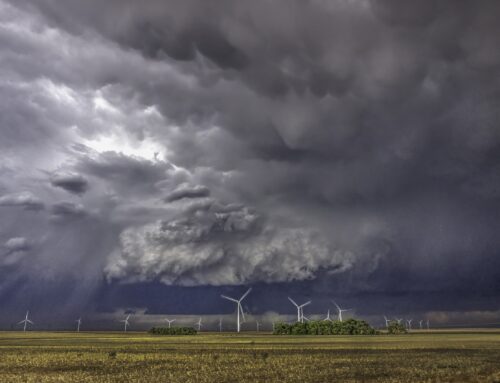Compressed gas cylinders have a number of uses in building and construction. Trained workers familiar with the necessary safety protocols operate equipment using compressed gas cylinders without incident every day. However, a compressed gas cylinder can be extremely dangerous in the wrong hands.
To reduce the risk to life and property, it’s important to know how to work with compressed gas cylinders safely. Follow these tips to decompress the dangers of compressed gas cylinders at your affiliate.
Safety Tips for Compressed Gas Cylinders
Mishandling gas cylinders can lead to extremely dangerous and potentially life-threatening situations. Make sure to know and follow these safety tips when using, handling, and storing gas cylinders.
- Ensure cylinder contents are clearly identified on the label and do not keep any unknown cylinders.
- Know which cylinders contain compressed gases. Refer to the label, not the cylinder color, to correctly identify the gas. Always refer to gases by their proper name.
- Read the gas manufacturer’s safety data sheets (SDSs) and cylinder labels for all of the materials you work with.
- Know all of the hazards of the materials you work with, including fire, explosion, chemical reactivity, corrosivity, pressure and health hazards.
- Store compressed gas cylinders in a cool, dry, well-ventilated area, away from incompatible materials and ignition sources.
- Ensure the storage temperature does not exceed 125°F and don’t store cylinders where they will be exposed to inclement weather or extreme temperatures.
- Keep compressed gas cylinders securely fastened in an upright position during storage, handling and use. Never roll, drag, or drop cylinders, or allow them to strike each other or other objects.
- Move cylinders using a hand truck designed for moving cylinders and secured so they cannot fall. Never move cylinders using magnets, chains or wire rope slings.
- Leave the cylinder’s valve protection cap in place when not in use. Caps should be secured, straight, and hand tight, whether the cylinder is full or empty.
- Use only approved devices approved for a particular gas to discharge a compressed gas cylinder. Never force connections and make sure equipment is compatible with both the pressure and the contents.
- Check cylinder-to-equipment connections before and during use, making sure the fit is secure and not leaking. Always use cylinders in cool well-ventilated areas.
- Open all valves slowly, pointing away from you and others, using the proper tools and close all valves when cylinders are not in use.
- Never tamper with safety devices or attempt repairs on cylinders and valves. Do not use cylinders that are dented, cracked, corroded or have other visible damage.
- Never allow flames to contact cylinders and do not strike an electric arc on cylinders.
- Handle empty cylinders safely. Leave a slight positive pressure, close the valve, secure the cap, label as empty, and store separately from full cylinders.
Always make sure anyone working with compressed gas cylinders is trained and supervised on proper use and knows what to do in case of accident or emergency. Compressed gas cylinders present a unique range of hazards to affiliates, but you can minimize the risk to your affiliate by following the proper safety precautions.





